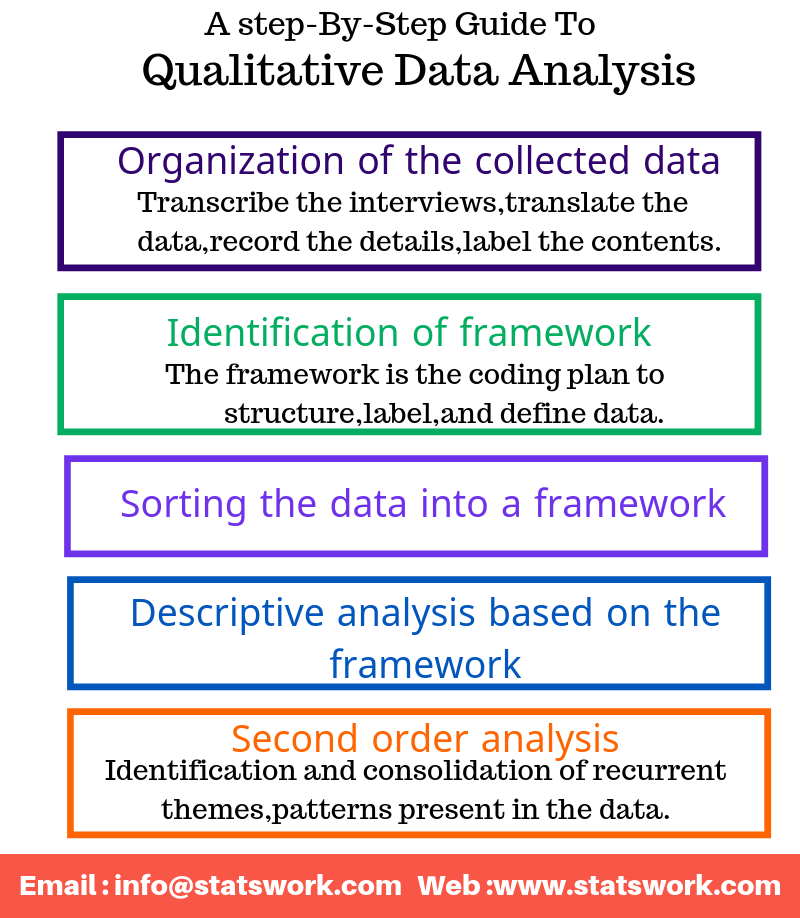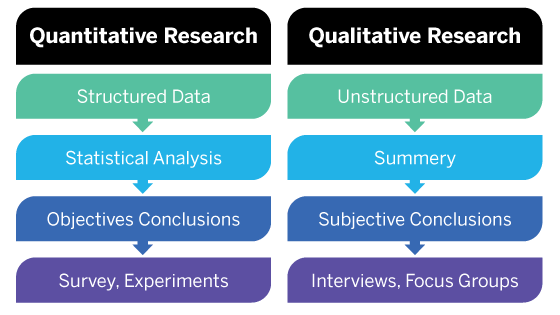

- DATA ANALYSIS METHODS FOR QUALITATIVE DESCRIPTIVE RESEARCH HOW TO
- DATA ANALYSIS METHODS FOR QUALITATIVE DESCRIPTIVE RESEARCH MANUAL
Thematic analysis is used to deduce the meaning behind the words people use. Discourse analysis is commonly used by brand strategists who hope to understand why a group of people feel the way they do about a brand or product. The focus here is on the way people express themselves in different social contexts. Discourse Analysisĭiscourse analysis is used to get a thorough understanding of the political, cultural and power dynamics that exist in specific situations. A narrative analysis might enable us to summarize the outcomes of a focused case study.

It is particularly useful for getting a deep understanding of customers’ perspectives on a specific issue. Narrative analysis focuses on the stories people tell and the language they use to make sense of them. The Columbia School of Public Health has a detailed breakdown of content analysis. Content analysis is useful to quantify the relationship between all of the grouped content. Content analysis is used to identify the patterns that emerge from text, by grouping content into words, concepts, and themes. Thematic analysis is a part of the content analysis. Other analysis techniques may fit within the broad scope of content analysis. This is a popular approach to qualitative data analysis. Common approaches include: Content Analysis Once the data has been captured, there are a variety of analysis techniques available and the choice is determined by your specific research objectives and the kind of data you’ve gathered. And within this context, qualitative data generally refers to verbatim text data from sources such as reviews, complaints, chat messages, support centre interactions, customer interviews, case notes or social media comments. Qualitative data generally refers to text, such as open-ended responses to survey questions or user interviews, but also includes audio, photos and video.īusinesses often perform qualitative data analysis on customer feedback. Qualitative data is non-numerical and unstructured. Qualitative data analysis is a process of gathering, structuring and interpreting qualitative data to understand what it represents. Reporting on the insights derived from your analysis.Analyzing the qualitative data for insights.Organizing and connecting into your qualitative data.Gathering and collecting your qualitative data.Here's an overview of the steps: The 5 steps to doing qualitative data analysis Within each step we will highlight the key difference between the manual, and automated approach. We’ll take you through 5 steps to conduct a successful qualitative data analysis. Will you analyze your qualitative data manually or automatically? Primarily, businesses purchase subscriptions to feedback analytics platforms so that they can understand customer pain points and sentiment. More businesses are switching to fully-automated analysis of qualitative data because it is cheaper, faster, and just as accurate.
DATA ANALYSIS METHODS FOR QUALITATIVE DESCRIPTIVE RESEARCH MANUAL
We’ll guide you through the steps to conduct a manual analysis, and look at what is involved and the role technology can play in automating this process.
DATA ANALYSIS METHODS FOR QUALITATIVE DESCRIPTIVE RESEARCH HOW TO
We will teach you how to conduct the analysis manually, and also, automatically using software solutions powered by NLP. In this post we want to teach you how to conduct a successful qualitative data analysis. Both help automate qualitative data analysis. Second, there is an explosion of user-friendly software designed for both researchers and businesses. First, there are advances in natural language processing (NLP) which is focused on understanding human language. That said, there are two new trends that are changing this. The majority of qualitative data analysis still happens manually.

While tools like Excel, Tableau and PowerBI crunch and visualize quantitative data with ease, there are no such mainstream tools for qualitative data. It can answer our questions, can help formulate hypotheses and build understanding.īut unfortunately, analyzing qualitative data is difficult.

Qualitative data is typically generated through:Ĭompared to quantitative data, which captures structured information, qualitative data is unstructured and has more depth. When we conduct research, need to explain changes in metrics or understand people's opinions, we always turn to qualitative data. Automatic) Feedback Analysis Sentiment Analysis AI & NLP Qualitative Data Analysis: Step-by-Step Guide (Manual vs.


 0 kommentar(er)
0 kommentar(er)
